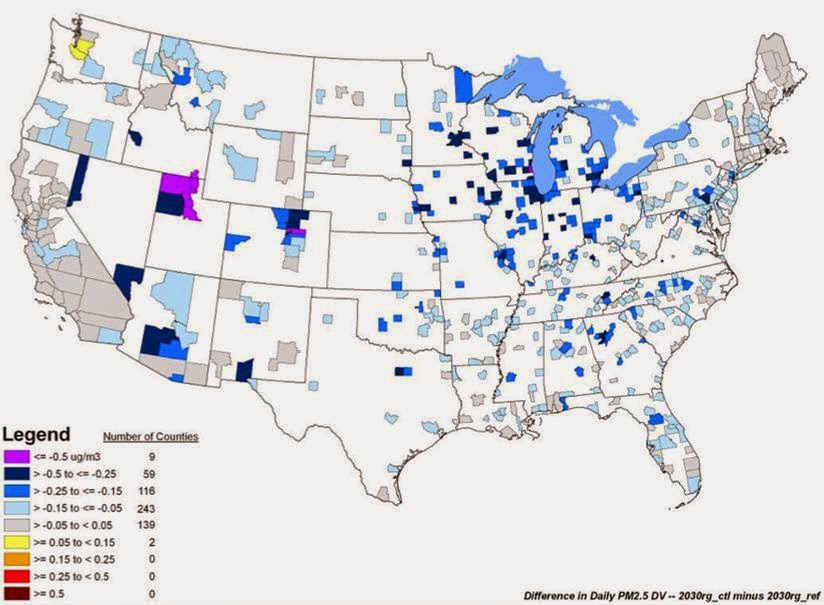By Glade Sowards
There’s been a lot of buzz in Utah lately about Tier 3—shorthand for the Environmental Protection Agency’s (EPA’s) Tier 3 Vehicle Emission and Fuel Standards Program. When a geeky name like Tier 3 becomes a household word that’s used not only by us policy wonks but by Governor Herbert, mayors, legislators, radio talk-show hosts, and even soccer moms and dads—well, you know something’s up.
So what is Tier 3 anyway? Well, as its full name implies, Tier 3 is a new standard—the third in a series of such standards—that was finalized by EPA this past spring. The rule requires a partnership between vehicle manufacturers and petroleum refiners to produce cleaner cars and cleaner gasoline to help improve our air quality.
How much cleaner? When fully implemented following a phase-in period between 2017 and 2025, the average new passenger vehicle will emit 80 percent less nitrogen oxides (NOx) and volatile organic compounds (VOCs) than the average Tier 2 car emits today. In addition, every new passenger vehicle will see a 70 percent reduction in directly emitted particulate matter (PM) from Tier 2 standards.
To enable the emissions control system of these new vehicles to perform optimally, the new regulations also require an average reduction in gasoline sulfur levels of 67 percent from Tier 2 levels, from 30 parts per million (ppm) down to 10 ppm.
This reduction in the sulfur content of gasoline has the added benefit of reducing emissions from existing vehicles. This is because sulfur can “poison” a vehicle’s catalytic converter, making it less efficient at removing pollutants. The good news is that this effect is largely reversible. So after a few tanks worth of Tier 3 gasoline, even our existing vehicles will be cleaner—by as much as 14 percent, according to one EPA study.
All of these air quality benefits will only add, on average, an additional $72 to the price of a new car and 0.65 cents to the price of a gallon of gasoline.
All of this is good news for Utah’s air quality. In fact, an analysis conducted by EPA found that several counties in Utah are among those that benefit most in the nation from Tier 3 in reducing 24-hour PM2.5 concentrations, the root of our wintertime pollution problems (see figure below).

Need to buy a new car, but can’t wait until Tier 3 models arrive in 2017? The good news is that many manufacturers have already begun producing models with comparable emissions to Tier 3 vehicles. If you’d like help in identifying the clean cars that are currently available, check out my previous blog post to learn more.

I am an environmental scientist in the Division of Air Quality Mobile Source and Transportation Section. I have a B.A. in Economics and Environmental Studies from Grinnell College and an M.S. in Forestry from Michigan Technological University. I worked at the Utah Energy Office for seven years before coming to work at DAQ. I enjoy playing music, road trips, camping, pack rafting, and hiking with my girlfriend, Elizabeth, and our dog, Whiskey.
